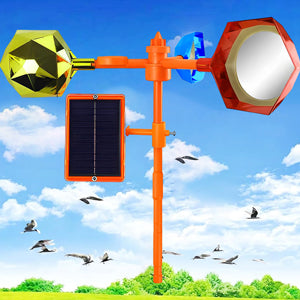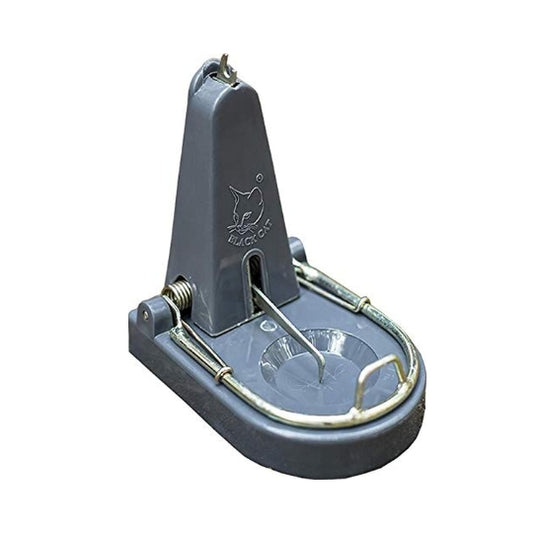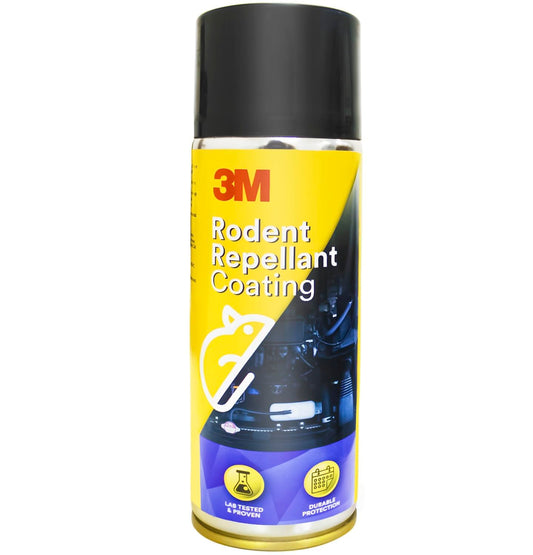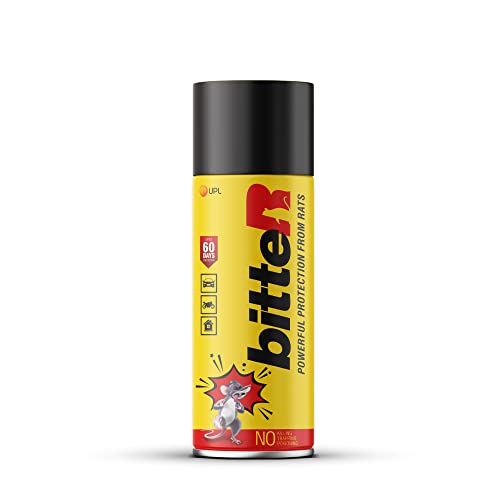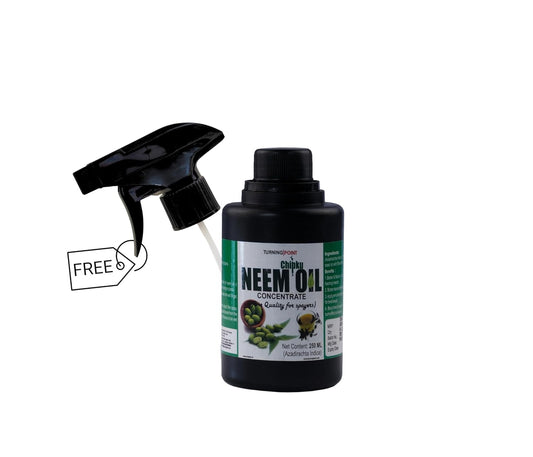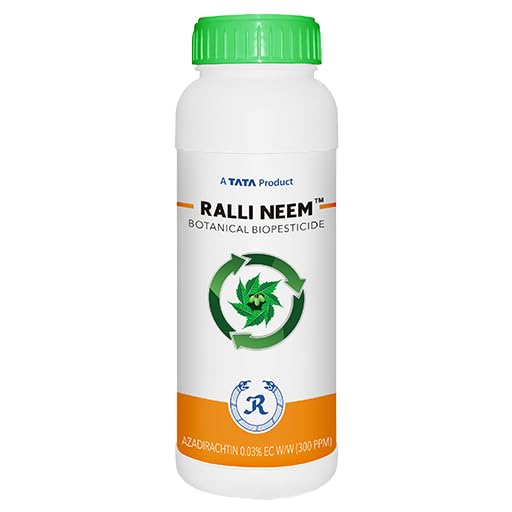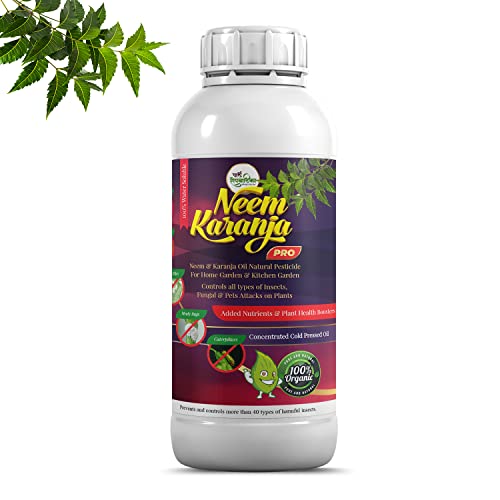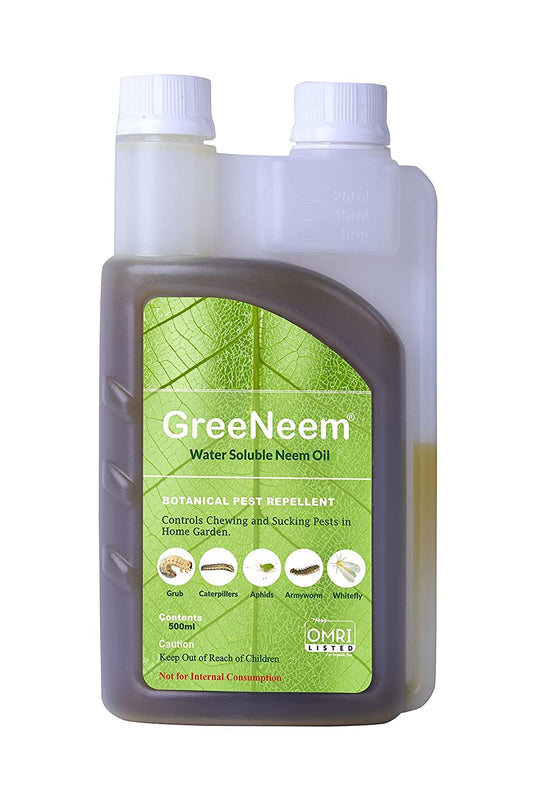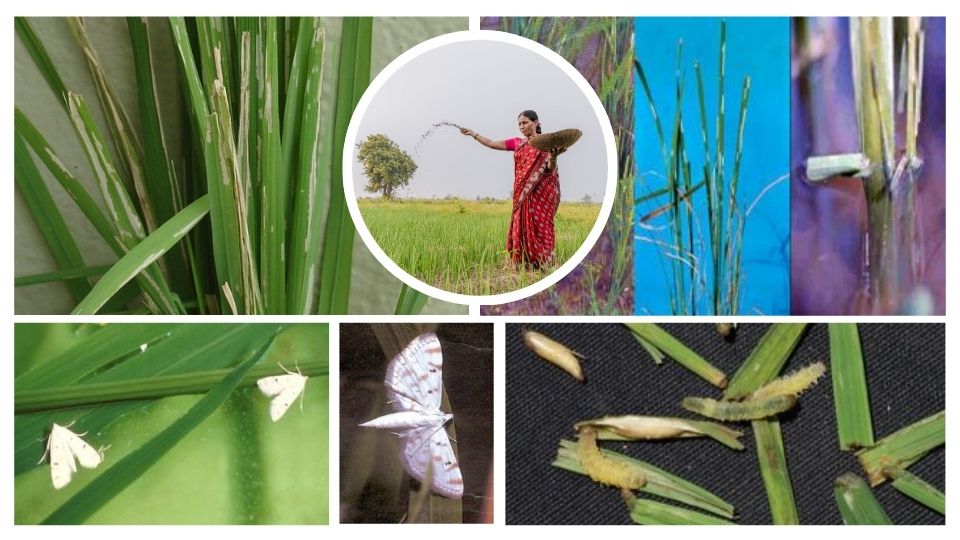
Rice Caseworm (Nymphula depunctalis): A Threat to Rice Farmers Across India
Share
Attention Rice Farmers! Are your rice plants losing their vibrant green color? Have you noticed whitish, papery leaves or tubular cases floating on the water? These are alarming signs of rice caseworm infestation, a persistent pest that can significantly damage your rice yield.
Rice caseworm, scientifically known as Nymphula depunctalis, is a widespread pest affecting rice fields across India. While the severity and timing of infestations may vary across regions and climatic conditions, the threat it poses to rice crops remains significant.
Symptoms of Damage in Rice by Caseworm:
- Leaves: The most noticeable symptom is the change in leaf appearance. Infested leaves turn whitish and papery as the larvae feed on the green tissues.
- Tubular Cases: Larvae create protective tubular cases around themselves by cutting off leaf tips. These cases can be found floating on water or attached to the plant.
- Leaf Tips: The tips of leaves are cut off by larvae to construct their cases, resulting in a ragged appearance.
How to Identify the culprit Caeworm:
- Eggs: The life cycle begins with small, circular, and flattened eggs that are light yellow initially and turn darker with purplish dots as they mature.
- Larvae: The pale translucent green larvae have an orange head and possess filamentous gills on their sides. They are the primary stage responsible for feeding damage.
- Pupae: After the larval stage, the pest enters the pupal stage within the case. The pupae are cream-colored and eventually turn silvery white as they mature.
- Adults: Adult rice caseworms are small, delicate white moths with pale brown wavy markings. They are responsible for laying eggs, initiating a new cycle of infestation.
Timely Action is Crucial for control of Rice Caseworm:
light trap embed by ResetAgri.in
The key to managing rice caseworm lies in early detection and prompt action. If you observe any of the symptoms mentioned above, take immediate steps to control the infestation. The choice of control method may depend on the severity of the problem:
Treatment of Mild Infestation of Caseworm:
Handpicking and destruction of egg masses and larvae can be effective in the early stages. Conserve and promote natural enemies like spiders, dragonflies, and damselflies that prey on rice caseworm.
Treatment of Moderate Infestation:
Drain the water from the field temporarily to disrupt the pest's lifecycle and expose larvae. If draining is not feasible, apply a mixture of kerosene and sand to the standing water to kill the larvae. Use a rope to dislodge cases from plants and then drain the water to remove them from the field.
Treatment of Severe Infestation:
In cases of severe damage, where other methods prove insufficient, consider the use of insecticides like phenthoate 50% EC as a last resort. Coromandal Phendal is a powerful tool against rice caseworm and other insect pests. It offers broad-spectrum control, rapid knockdown, and multiple modes of action.
For rice caseworm control, apply Phendal at a rate of 400 ml/acre or 2.5 ml per liter of water.
Preventive Measures of Rice Caseworm:
Preventing rice caseworm infestation is always better than controlling it. Adopt the following practices:
- Keep your fields and surrounding areas free of weeds, as they can serve as alternate hosts for the pest.
- Plant rice early in the season and maintain wider spacing between plants to reduce pest pressure.
- Avoid excessive use of nitrogen fertilizers, as they can promote lush growth that attracts the pest.
- Regularly monitor your fields for any signs of rice caseworm infestation.
Remember: The success of rice caseworm management depends on your vigilance and timely intervention. By implementing the appropriate strategies, you can protect your valuable rice crop and secure a bountiful harvest.


